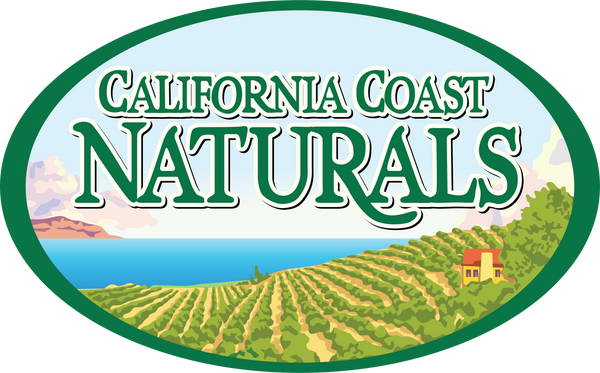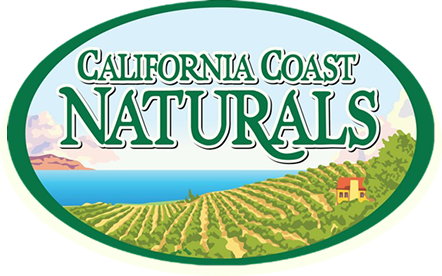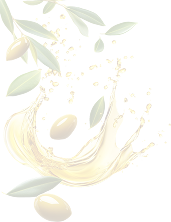Olive Oil Education
🎓 Everything You Need to Know About Real Extra Virgin Olive Oil

After 247 years of growing olives and pressing oil, we've learned a thing or two about what makes olive oil truly exceptional. Here's what the industry doesn't want you to know.
The Shocking Truth About "Extra Virgin" Olive Oil
The 60-90% Problem 🚨
Studies consistently show that 60-90% of imported oils labeled "extra virgin" fail to meet the actual standard when independently tested. You've likely never tasted real extra virgin olive oil.
What "Extra Virgin" Really Means ✅
True extra virgin olive oil must meet strict criteria:
-
Cold extraction below 80°F (27°C)
-
No chemical processing or solvents
-
Acidity below 0.8% (ours is typically 0.2% and lower)
-
No defects in taste or aroma
-
Fresh, fruity flavor with possible peppery finish
The Counterfeiting Crisis 💸
The olive oil industry has been plagued by:
-
Dilution with cheaper oils (soybean, sunflower, etc.)
-
Mislabeled origins claiming Italian when sourced elsewhere
-
Age fraud selling old oil as "fresh"
-
Heat treatment destroying nutrients while claiming "cold-pressed"
How to Identify Real Extra Virgin Olive Oil

Visual Clues 👀
Good Signs:
-
Dark bottle protecting from light
-
Clear harvest date (within 18 months)
-
Single origin or estate designation
-
Golden to green color (never clear or very dark)
Red Flags:
-
Clear bottles exposing oil to light
-
No harvest date or only "best by" date
-
Vague origins like "Product of Mediterranean"
-
Suspiciously low prices for claimed quality
Taste Test 👅
Real Extra Virgin Should:
-
Smell fresh and fruity like olives or grass
-
Taste vibrant with complexity
-
Have a peppery finish that may cause a slight cough
-
Leave a clean aftertaste without greasiness
Fake or Rancid Oil:
-
Smells musty, fusty, or like wet cardboard
-
Tastes flat or greasy
-
No peppery finish or complexity
-
Leaves an unpleasant aftertaste
Understanding Olive Oil Labels

What Terms Actually Mean 📖
"Extra Virgin"
-
Highest quality grade
-
Cold-extracted, unrefined
-
Acidity ≤ 0.8%
"Virgin"
-
Good quality, cold-extracted
-
Acidity ≤ 2.0%
-
May have minor flavor defects
"Pure" or "Light"
-
Refined olive oil blend
-
Chemically processed
-
Minimal nutritional value
"Pomace Oil"
-
Extracted with solvents
-
Lowest quality
-
Should be avoided
Marketing Tricks to Watch For 🎭
"First Cold Press"
-
Meaningless today - modern methods don't "press" multiple times
"100% Pure Olive Oil"
-
Usually refined - not extra virgin quality
"Light" or "Extra Light"
-
Refers to flavor, not calories - heavily processed oil
"Product of Italy/Spain"
-
May just be bottled there - olives could be from anywhere
The Health Benefits (When It's Real)

Proven Health Benefits 💪
Research shows authentic extra virgin olive oil may support:
Heart Health:
-
Reduces LDL cholesterol oxidation
-
Improves blood vessel function
-
Lowers blood pressure naturally
Brain Health:
-
Protects against cognitive decline
-
Reduces inflammation in neural pathways
-
May lower Alzheimer's risk
Cancer Prevention:
-
High antioxidant content fights free radicals
-
Anti-inflammatory compounds reduce cancer risk
-
Oleocanthal shows promise in studies
Bone Health:
-
Improves bone mineralization
-
Reduces osteoporosis risk
-
Supports calcium absorption
The Polyphenol Factor 🧪
What Are Polyphenols? Powerful antioxidants that provide olive oil's health benefits and peppery taste.
Fresh vs. Old Oil:
-
Fresh oil: 300-500+ mg/kg polyphenols
-
6-month-old oil: 150-200 mg/kg
-
12-month-old oil: 50-100 mg/kg
-
Store-bought imports: Often unmeasurable
Why Freshness Matters: Polyphenols degrade rapidly when exposed to light, heat, and oxygen. This is why our harvest-to-bottle time of days (not months) makes such a difference.
Proper Storage & Usage

Storage Best Practices 🏠
Ideal Conditions:
-
Cool, dark pantry (60-70°F ideal)
-
Away from stove and heat sources
-
Tightly sealed after each use
-
Original dark bottle for protection
Avoid These Mistakes:
-
Refrigeration (causes condensation)
-
Clear containers (light exposure)
-
Heat exposure (near oven or window)
-
Long-term storage (use within 2 years, best within 1 year)
Cooking Applications 👨🍳
Perfect For:
-
Finishing dishes (drizzling over completed foods)
-
Salad dressings and marinades
-
Low-heat sautéing (under 375°F)
-
Bread dipping and appetizers
Not Ideal For:
-
High-heat frying (breaks down beneficial compounds)
-
Deep frying (wasteful and degrades quality)
Tasting Like a Pro 🍷
Professional Tasting Steps:
-
Warm the oil in cupped hands
-
Smell deeply - note fresh, fruity aromas
-
Sip about a teaspoon - let it coat your mouth
-
Inhale through your teeth - aerates the oil
-
Swallow - notice the peppery finish
What to Look For:
-
Fruitiness (green or ripe olive character)
-
Bitterness (sign of antioxidants)
-
Pungency (peppery finish that may cause cough)
The California Coast Naturals Difference

What Makes Our Education Unique 🎯
Unlike companies that just bottle and sell, we've been growing olives for 247 years. Our knowledge comes from:
-
Ten generations of hands-on farming experience
-
Direct observation of how growing conditions affect oil quality
-
Complete control from tree to bottle
-
Continuous learning and improvement over nearly two centuries
Our Quality Standards 🏆
Every bottle meets standards that exceed industry requirements:
-
Harvest to press: Under 4 hours
-
Press to bottle: Under 48 hours
-
Acidity levels: Typically 0.2% or lower (well below 0.8% requirement)
-
Polyphenol content: 300-500+ mg/kg
-
Harvest date clearly labeled
-
Single estate traceability
Why We Share This Knowledge 🤝
We want you to become an educated consumer because:
-
Knowledge protects you from inferior products
-
Understanding quality helps you appreciate the difference
-
Educated consumers support better farming practices
-
Quality awareness benefits the entire industry
Your Olive Oil Education Continues

Questions to Ask Any Producer ❓
-
Do you grow your own olives? (95% will say no)
-
When were these olives harvested? (Should be within 18 months)
-
How long from harvest to pressing? (Should be hours, not days)
-
What's the polyphenol content? (Most won't know)
-
Can you provide lab analysis? (Quality producers can)
Become a Better Taster 👑
The more you taste quality olive oil, the better you'll become at identifying:
-
Varietal characteristics (Picual vs. Arbequina, etc.)
-
Harvest timing effects (early vs. late harvest flavors)
-
Processing quality (fresh vs. degraded)
-
Regional differences (terroir expression)
Start Your Journey

Real olive oil education begins with tasting real olive oil.
Once you experience the vibrant, complex flavors of properly made extra virgin olive oil, you'll never settle for the flavorless, industrially processed oils that dominate grocery shelves.
Your palate—and your health—deserve better.
Ready to taste the difference that real knowledge makes? Try our Limited Estate Collection and experience what 247 years of expertise delivers.
California Coast Naturals: Where education meets exceptional quality.



